| BEFORE II W.W. | II W.W.
|
AFTER II W.W. |
| UPDATED MAR 2024 | ME - CONTACT |
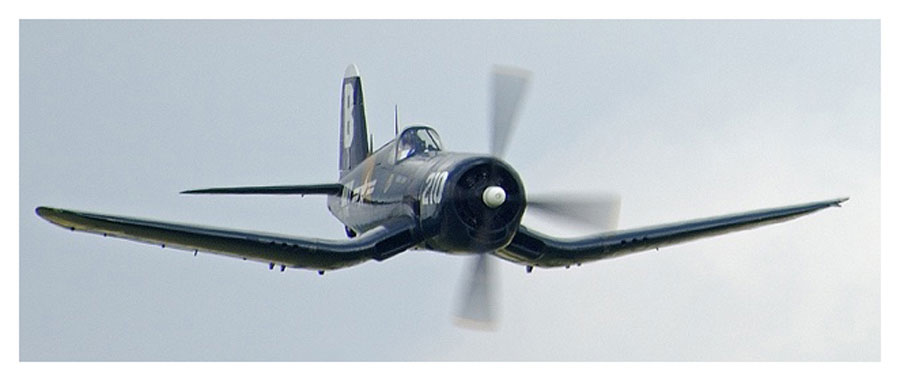 |
|
VOUGHT F4U CORSAIR - HAMILTON ELGIN 37500 |
|
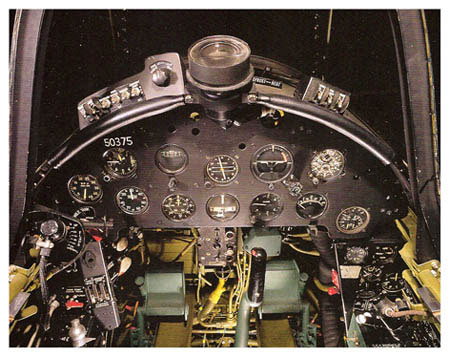 |
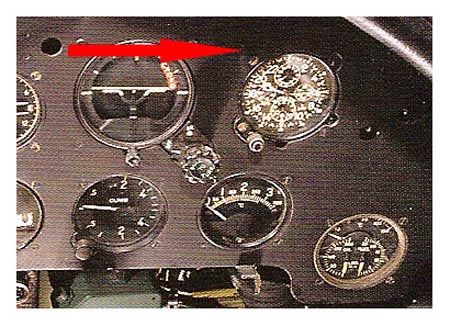 |
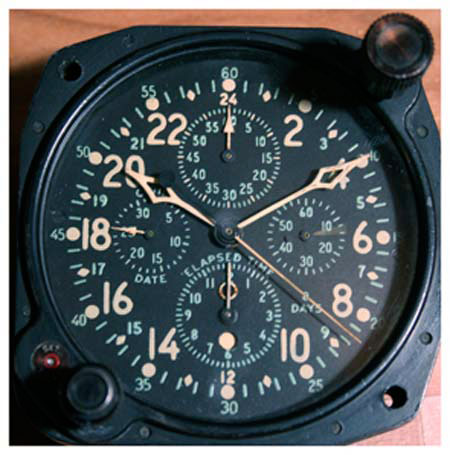 |
THE CLOCKAfter the disaster suffered at Pearl Harbor, on the seventh of December of 1942, Hamilton, like many other companies, changed their whole production to follow the requirements of the US Army. The “Bureau of Aeronautics” wanted two sources supplying a clock with elapsed time. The result made Elgin and Hamilton cooperate in the process of designing and building this elapsed time clock.It is the most complicated clock ever built for an airplane. It contains 417 pieces, 248 different, double barrel with power for eight days, 16 jewels.it indicates time, elapsed time, chronometer with 60 minutes counter and date. In this clock for the very first time was introduced a new system that allows to set the time backwards through midnight without affecting the date system.
THE PLANEWhat calls attention the most in this plane is his seagull shape wing. This weird shape is due to its need to separate the propeller from the ground. The propeller is the biggest one ever mounted in a single-seated plane.Corsair was originally designed to be used in aircraft carriers, but it had some problems. Taking off was unstable and it has a strong tendency to bouncing at landing.Due to this problem and the great difficulty for landing in a carrier for the average navy pilot, the NAVY declared Corsairs not appropriate for an aircraft carrier.The US NAVY despite the superiority of the Corsair, equipped the carriers with F6F Hellcats. The Hellcat was more simple, noble, and cheap (3 Corsairs cost the same as 5 Hellcats). The following versions of the Corsair improved the bouncing tendency, and pilot visibility.In 1944 it was cleared for deck operations. Its production ended in 1947 and reached its highest point in 1945 (300 planes were built every month).With the most powerful engine, Corsairs was the fastest fighter at the time. 2.140 knock downs were attributed to the Corsair while only 190 Corsairs were knocked down. Half of them were not attributed to combat.Charles Lindberg, the first person to fly across the Atlantic by himself. flew the Navy Corsairs. He tested the power of the bombs and its use. During practice he bombed the Japanese in the battle over the Marshall Island.This plane was responsible for the strikes against the German battleship “Tirpiz”. The F4U Corsair was used in the war against Korea as a night fighter and continued to be used until 1957.
THE COCKPITThe cockpit was located behind the central fuel tank, so the pilot was seated behind the wings. This made it very difficult to see forward. In later versions, the seat was raised to improve visibility, which required changing the cockpit canopy and correcting the gun aiming system, which was reflected in the cockpit glass instead of in the sight.Another oddity of sitting behind the wings was that when the pilot pulled the stick back to climb, the pilot would move down while the nose of the aircraft would move up. Then the pilot would feel the G-force of the climb. It was a peculiar sensation that took some time to get used to.The pilots who flew this aircraft were very careful not to drop anything in the cockpit because it had no floor. Whatever fell out, when the landing gear was lowered, would come out and never be seen again. In later versions, a floor was added.The front instrument panel was typical of the Navy, but the side panels were a mess of controls and switches that interfered with each other. There were switches that were not visible, and many were hidden under the guide rail of the cockpit canopy. In mid-1944, a new cockpit layout was designed for the F4U-4, when over 9,400 aircraft were already in service. |
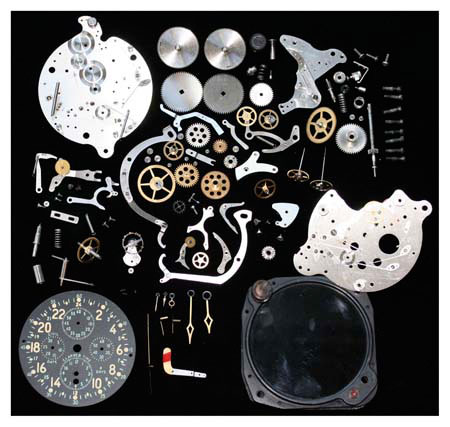 |
|
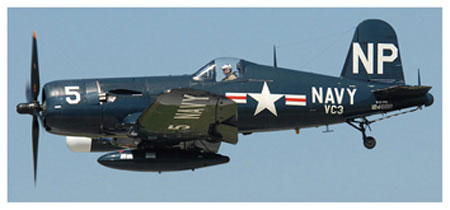 |
|
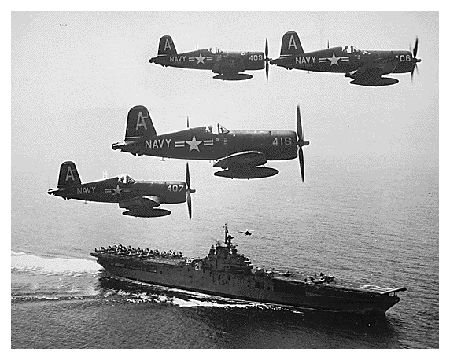 |
|
 |
|
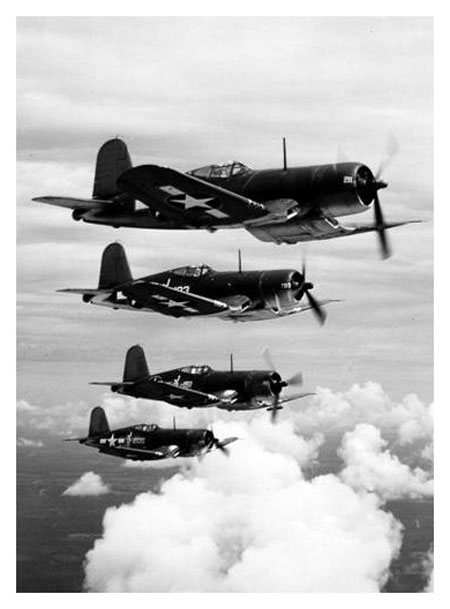 |
|
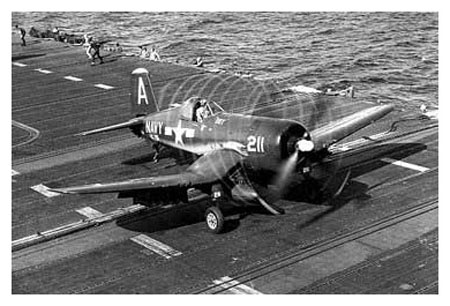 |
|
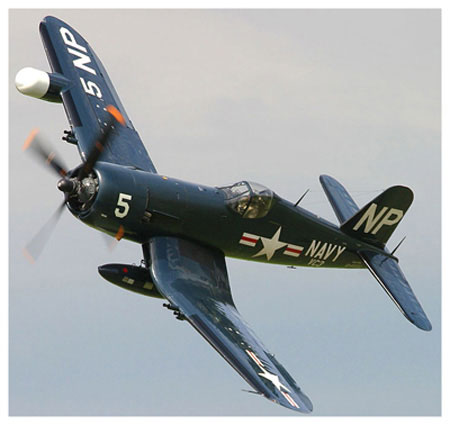 |
|
F4U CORSAIR´S ACES |
|
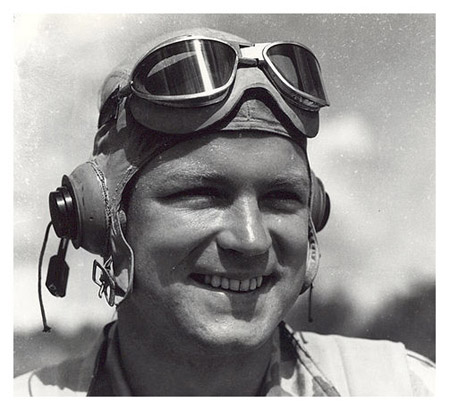 |
 |
ROBERT M. HANSONFirst ace of the F4U in the II WW with 25 shot downs, of wich 20 were in 17 consecutuve days. He was once taken down by a Zero, and after being 6 hours in a lifeboat he was rescued by a destructor. Feb. 3 1944, a fellow pilot saw a Corsair make a strafing run at St. George Cape, New Ireland, but it pulled out too late. A wing caught the water and she somersaulted. “I went down low but saw only wreckage.” . . . Marine Lt Robert M. Hanson with 20 planes in 17 days was within one short of the record held by Capt Eddie Rickenbacker of World War I, Maj Joe Foss and Gregory Boyington. . . on the day before his 24th birthday Lt Robert M.Hanson is missing in action.
Decoration of Marine Flyers in South Pacific is often as informal as pictured here. These fighter pilots, at the end of a day’s flights against the enemy, line up by a revetment to be decorated by their skipper. In the background is a Corsair fighter plane. |
GUY BORDELONHe was the only ace of the War of Korea. In his second cruise in 9 months was made in the USS Princeton. They flew 3 out of 4 days if the weather conditions permitted it, he fourth was used by the aircraft carrier to reload fuel, ammo, kerosene for the planes, etc. He flew different kinds of night missions aboard the Corsair. He intercepted and shot down 5 Russian planes becoming the last ace of the propeller aircrafts times. |
GO TO - CLOCKS FOR SALE |
GO TOP OF THE PAGE |
HOME |